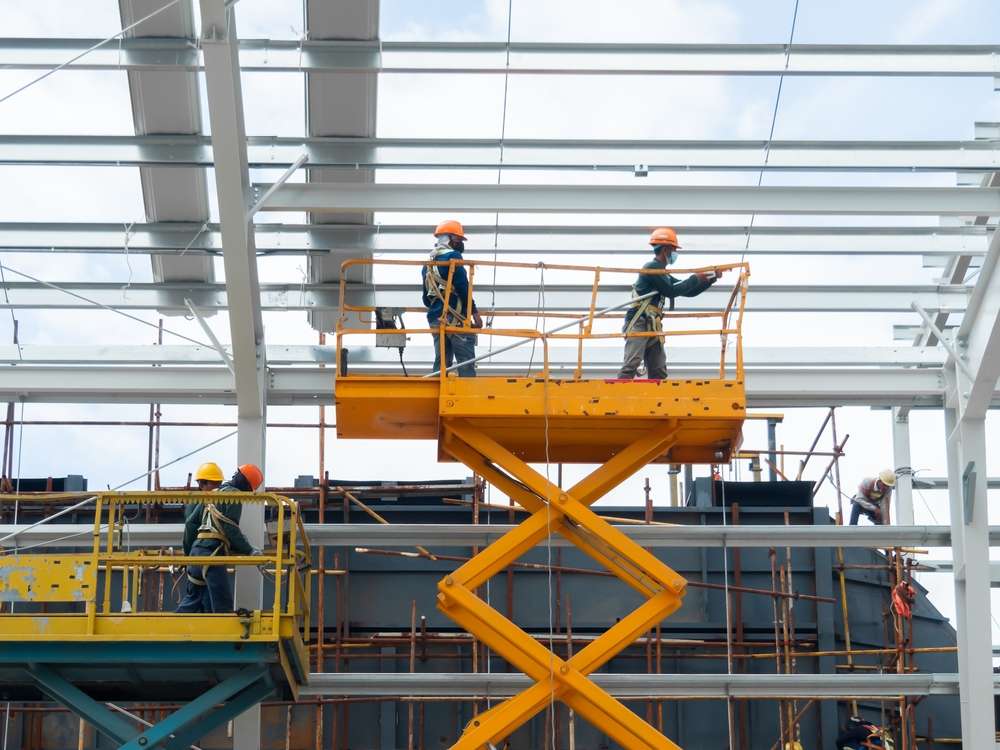Crane: Types, Uses, and Safety Considerations in Construction Machinery
A crane is a piece of machinery designed to move heavy loads vertically and horizontally on a construction site, in industrial settings, and in transport operations. As essential lifting equipment, cranes range from compact units to large tower cranes. Understanding how different cranes operate, where a small crane fits in, and what safety measures apply helps project planners and operators make informed choices.

What is a crane and how does it work?
A crane is mechanical lifting equipment that uses booms, jibs, cables, hydraulic systems, and winches to lift and place loads. In construction, cranes transfer materials such as steel beams, concrete panels, and mechanical systems from ground level to elevated positions. Basic operation relies on counterweights, load charts, and rated capacities to prevent overload. Modern cranes include electronic load moment indicators and remote controls, which improve precision and reduce human error. Proper site setup, ground conditions, and rigging methods are critical to safe, efficient lifting.
What types of cranes are common in construction machinery?
Common crane types in construction include tower cranes, mobile cranes, crawler cranes, truck-mounted cranes, and overhead gantry cranes. Tower cranes provide high lift height and are often used for tall buildings; mobile cranes offer flexibility and rapid repositioning; crawler cranes deliver stability on rough ground. Small crane variants—such as compact truck cranes and mini crawler cranes—handle confined spaces and light-to-moderate loads. Each type suits particular tasks, so matching crane capacity, boom reach, and site constraints is important for cost-effective operations.
When is a small crane the right choice?
A small crane is appropriate when access is restricted, lifts are relatively light, or transport and assembly time must be minimized. For renovation work, rooftop deliveries in urban settings, or indoor lifts, a small crane can reduce setup complexity and lower ground-bearing requirements. However, choosing a small crane requires careful assessment of lift weight, radius, and height; if the lift approaches the small crane’s capacity limits, a larger machine or additional rigging may be necessary. Local services and rental providers can advise on the most suitable lifting equipment for a given job.
What maintenance and inspection do lifting equipment need?
Regular maintenance and inspection are crucial to keep cranes safe and operational. Routine checks include wire rope condition, hydraulic systems, brakes, boom and structural integrity, and safety devices like overload protection. Manufacturers provide maintenance schedules based on operating hours and cycles. Inspections should also verify correct rigging hardware, lifting accessories, and load charts. Documented maintenance logs and periodic third-party inspections help demonstrate compliance with safety regulations and reduce the risk of mechanical failure during lifts.
How do regulations, operators, and site planning affect crane work?
Regulatory frameworks govern crane operation, requiring licensed or certified operators, equipment certifications, and adherence to load and stability standards. Permits and coordination with local authorities may be necessary for street closures, heavy transports, or tower crane erections. Operator training emphasizes understanding load charts, wind limits, signaling, and emergency procedures. Site planning must consider ground-bearing capacity, proximity to power lines, and assembly/disassembly logistics. Engaging certified operators and competent riggers, and consulting local services, reduces regulatory risk and improves lift efficiency.
A crane combines mechanical advantage, engineered components, and skilled operation to move materials safely and efficiently across construction and industrial projects. Selecting the right crane—whether a small crane for tight spaces or larger construction machinery for heavy lifts—depends on load requirements, site conditions, and regulatory obligations. Ongoing maintenance, operator certification, and careful planning form the foundation of safe crane use and reliable project delivery.






